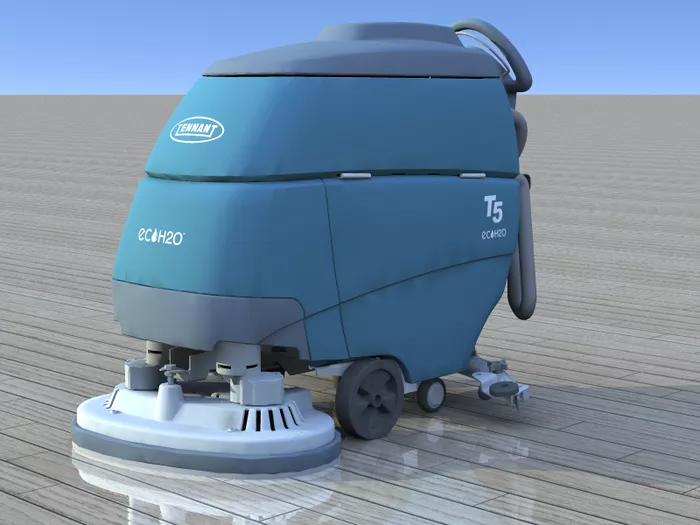Cleaning tile floors involves both daily maintenance and special stain treatment. For daily maintenance, avoid using hard objects such as metal sharp tools, glass ceramics, iron nails, etc., to prevent scratching or abrasion of the floor. Avoid dragging heavy objects on the floor to prevent damage to the surface of the tiles. For special stains such as oil stains, rust stains, soap scum, etc., you can use multi-purpose stain removers for cleaning. Especially for tile joints, use a toothbrush dipped in stain remover for cleaning first, then apply a waterproofing agent with a brush along the joints to clean and prevent mold growth.
Specific Cleaning Steps
Baking Soda and Vinegar Mixture Cleaning: Mix baking soda, vinegar, and water in a ratio of 2:3:1, add a suitable amount of detergent, and use it to clean tile floors. This mixture not only quickly removes dust but also eliminates grease, leaving the floor shiny.
1. Daily Cleaning: Consistent daily cleaning of tile floors can extend their lifespan. In kitchens with heavy grease, you can apply toilet paper to the tiles, spray cleaner, and then tear off to remove grease stains.
2. Rust Stain Removal: Yellow rust stains or watermarks often appear in kitchens and bathrooms. Sprinkle powdered vitamin C on the rust stains and scrub with water several times.
3. Repairing Minor Scratches: When tiles have minor scratches, apply toothpaste and rub vigorously with a soft dry cloth to repair them.
4. Recommended Cleaners: For tiles with heavy grease buildup, specialized tile cleaners like Mootaa or Morei brands’ powerful oil tile cleaners can effectively break down grease and dry quickly, leaving a shiny surface.
5. Handling Special Stains: If tiles are marked with black from metal, spray toilet cleaner and wipe, or use substances like vinegar or alcohol with stain-removing properties.
Overview of Maintenance Methods
The key to maintaining tile floors lies in preventing scratches, cracks, and dampness. Avoid hitting the floor with hard objects and refrain from dragging heavy items across it. For daily cleaning, use soft dry cloths or mops with non-slip features to reduce water and stain formation. For minor scratches, use toothpaste and dry cloth, and wax if necessary.
Specific Maintenance Steps
Scratch Prevention: For minor scratches, apply toothpaste around the scratch, rub repeatedly with a dry cloth, then apply a small amount of floor wax, and polish after it dries.
1. Crack Prevention: Avoid using sharp metal objects to rub against the floor, and refrain from dragging heavy items across it.
2. Dampness Prevention: After cleaning, promptly open doors and windows for ventilation to reduce moisture. In damp weather, wipe again with a dry cloth and use air conditioning to dehumidify.
3. Regular Waxing: Wax tile floors every three months to enhance waterproofing, stain resistance, and gloss.
4. Joint Cleaning: Periodically use stain remover to clean tile joints and apply a waterproofing agent with a brush to prevent mold growth.
FAQs
Q1: How to deal with minor scratches on tile surfaces?
A1: Clean with toothpaste and a dry cloth as described above to repair minor scratches.
Q2: How to clean kitchen tiles with a lot of grease?
A2: Use a mixture of baking soda and vinegar cleaner to effectively remove grease.
Q3: What to do if there’s mold in tile joints?
A3: Clean the joints with stain remover, then apply a waterproofing agent to prevent mold growth.
Conclusion
In summary, cleaning and maintaining tile floors require both daily preventive maintenance and handling of special stains. Using the correct cleaning and maintenance methods can effectively extend the lifespan of tiles while preserving their beauty and shine.

